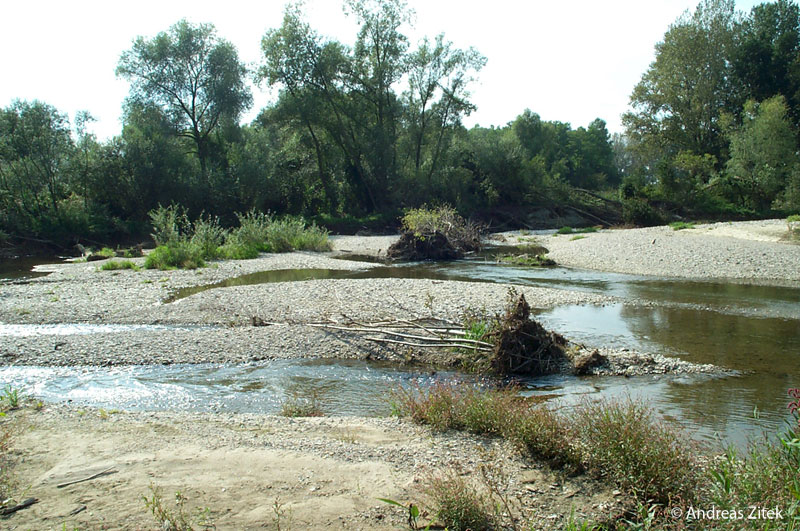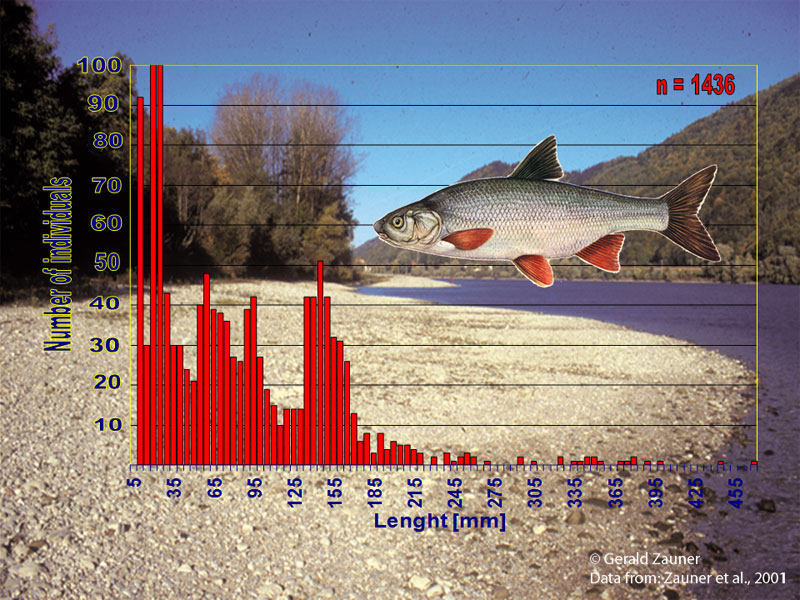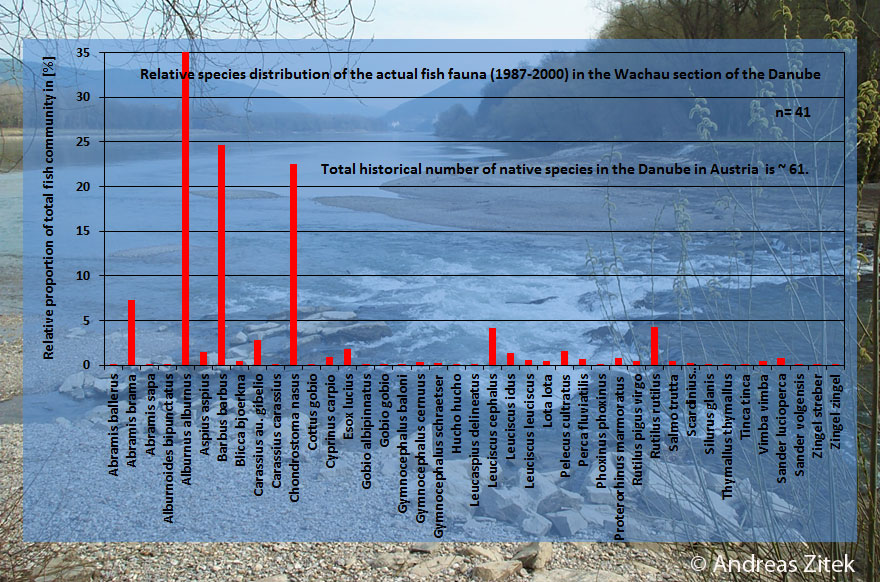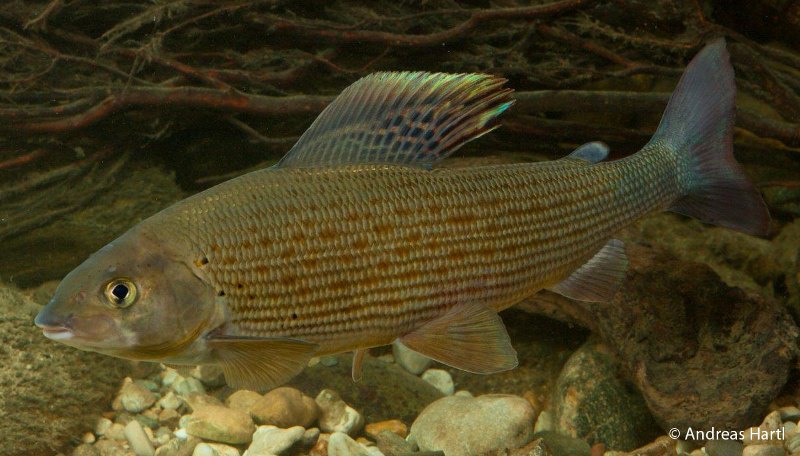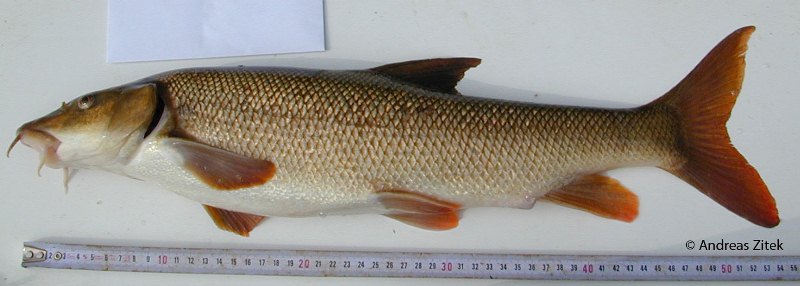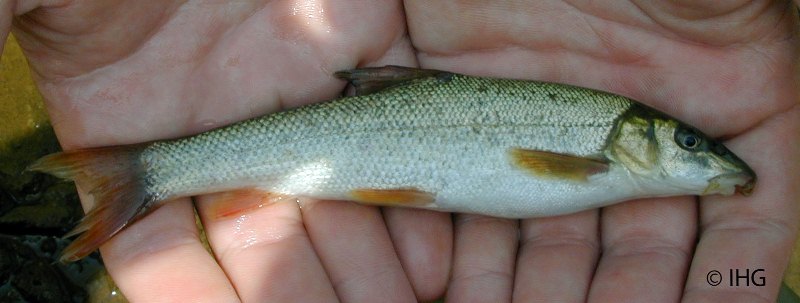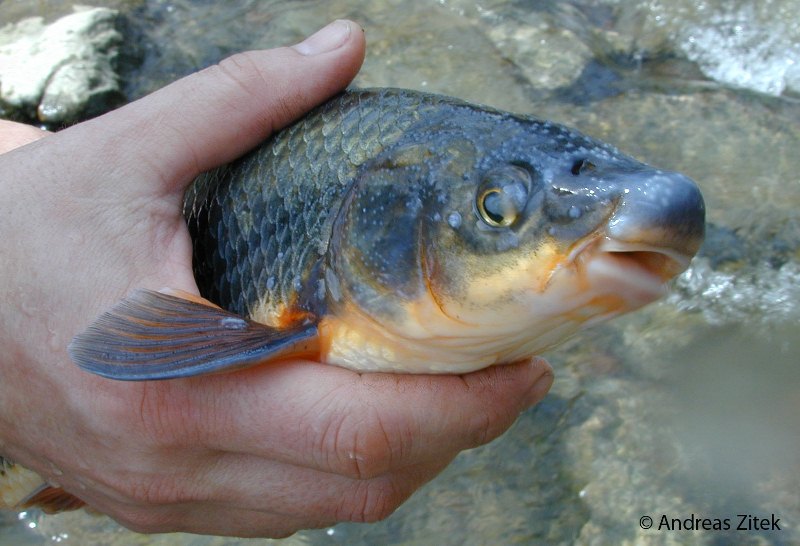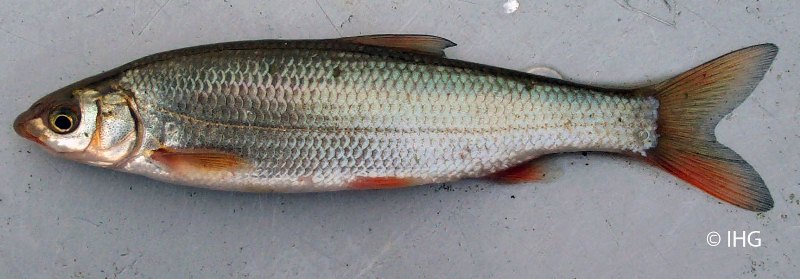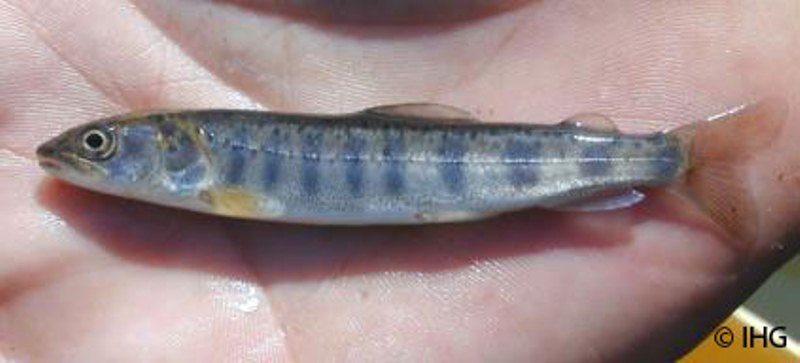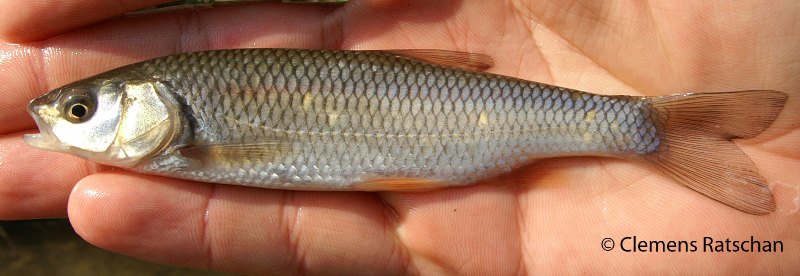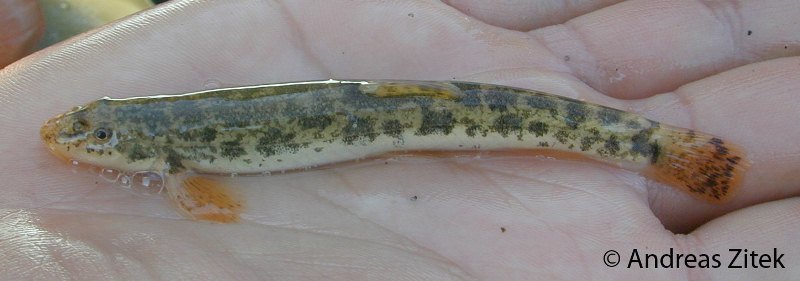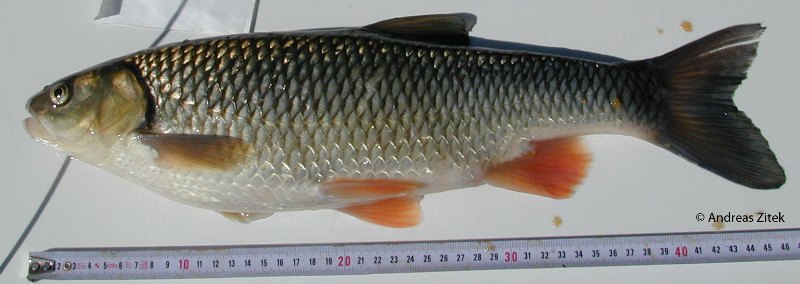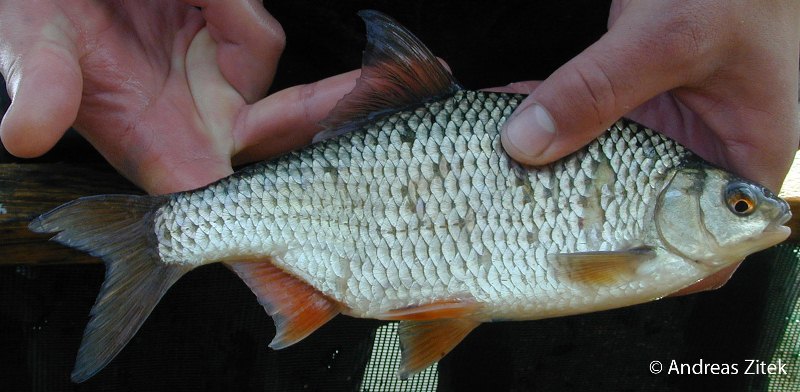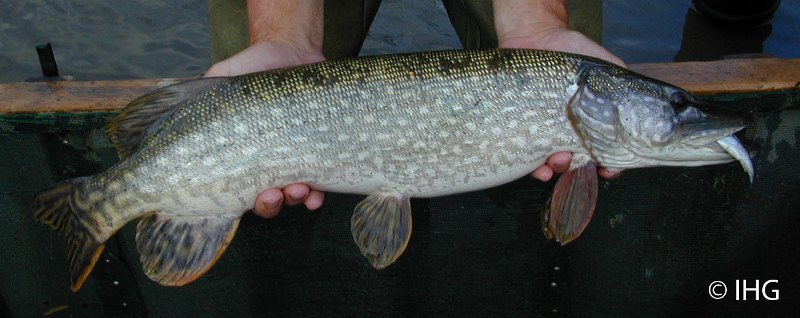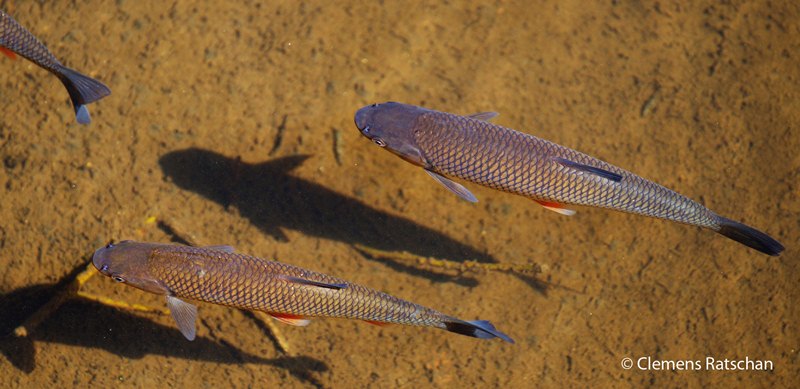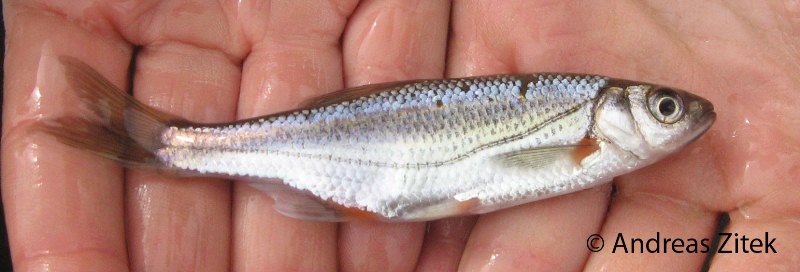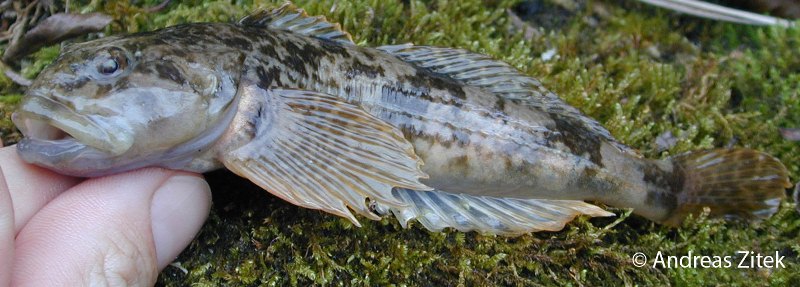Explanation window
Natural rivers develop as are rivers with only very minimal anthropogenic influence (Fig. 1).
They are part of the natural hydrological cycle, with water generally received from precipitation through a catchment
from surface runoff and other sources such as groundwater, springs, and the release of stored water in natural ice and snow (e.g. from glaciers).
Without human intervention, depending on the climate region, its situation in the river network and the geomorphological setting, rivers naturally
develop different morphological forms being dynamically maintained over time ('dynamic equilibrium').
This allows specific biotic communities to adapt to these conditions and build up sustainable populations.
Natural rivers are moreover characterized by a natural flow regime, and un-impacted transport of sediment and woody debris.
This results in a typical, dynamically maintained habitat configuration as a basis for the sustainable development
of river type specific biotic communities (Fig. 2).
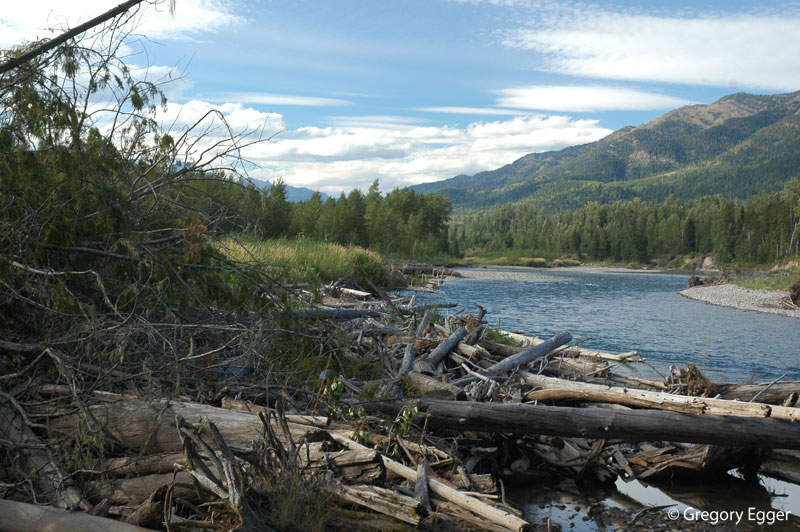 Fig. 1: Natural river with unimpaired transport of sediment and woody debris.
Fig. 1: Natural river with unimpaired transport of sediment and woody debris.
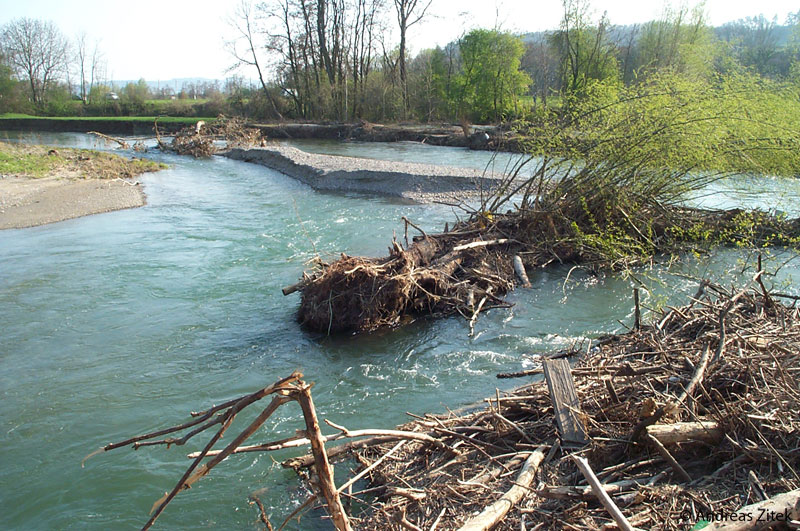 Fig. 2: Nature-like dynamic river section.
Fig. 2: Nature-like dynamic river section.
Channelization can be described as a process that includes ‘all processes of river engineering for the purposes of flood control, drainage improvement,
maintenance of navigation, reduction of bank erosion or relocation for highway construction’ (Brookes, 1988).
According to Brookes (1988), channelization historically was extensively applied to increase arable land by reducing flooding and draining land.
Different methods like widening, deepening, straightening, levee construction, bank stabilization, clearing and snagging are associated with the
term ‘river channelization’. In many cases, bank stabilization is applied to a straightened proportion of the river to improve the transport capacity
of the river and to reduce bank erosion (Fig. 1). Channelization often leads to severe negative effects on aquatic biota, especially on fish communities,
due to the loss of habitat heterogeneity (water depth, flow velocity, bottom substrate) (Zitek, 2006).
Typical negative effects of channelization on the fish fauna of rivers are (Jungwirth et al., 1995):
- Decreased species richness
- Decrease of density and biomass
- Decrease in the variance of fish lengths, with a domination of small sized fish
Nowadays, many river rehabilitation projects aim at reducing the negative impact of river channelization on aquatic fauna.
Typical rehabilitation measures include removal of the bank stabilization, widening of the river bed and re-initiation of dynamic sediment transport
processes that re-create near-natural habitat heterogeneity as a basis for the re-development of river type specific biotic communities (Fig. 2).
Together with connectivity interruptions, impoundment, water abstraction and hydropeaking, impaired river morphology by channelization represents
one major hydromorphological pressure in Austrian rivers according to the EU-WFD assessment (BMLFUW, 2005).
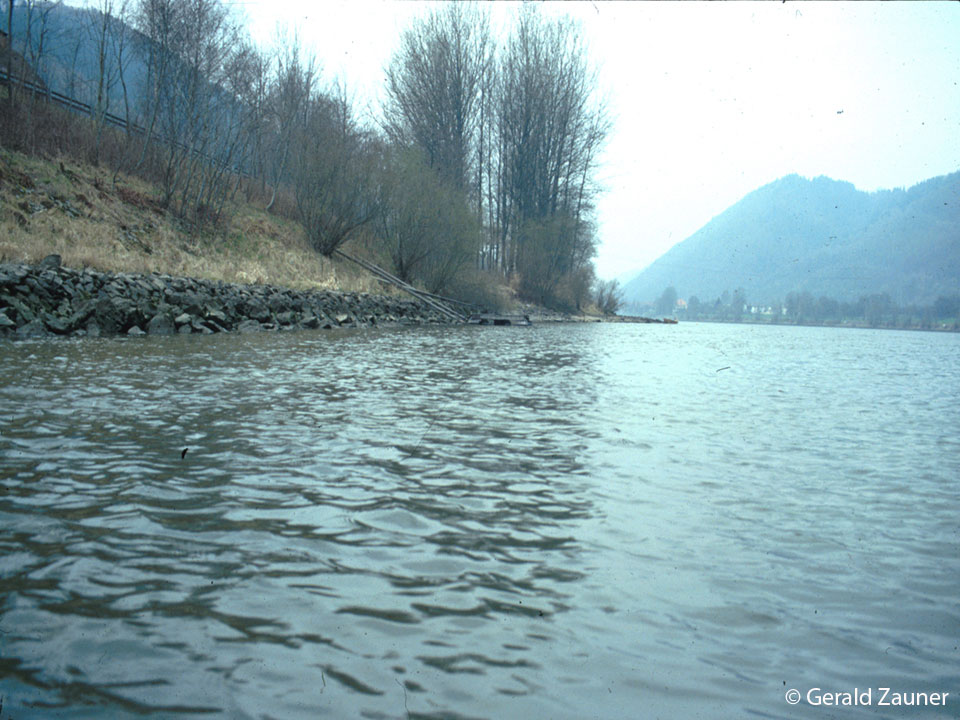
Fig. 1: Natural river with unimpaired transport of sediment and woody debris.
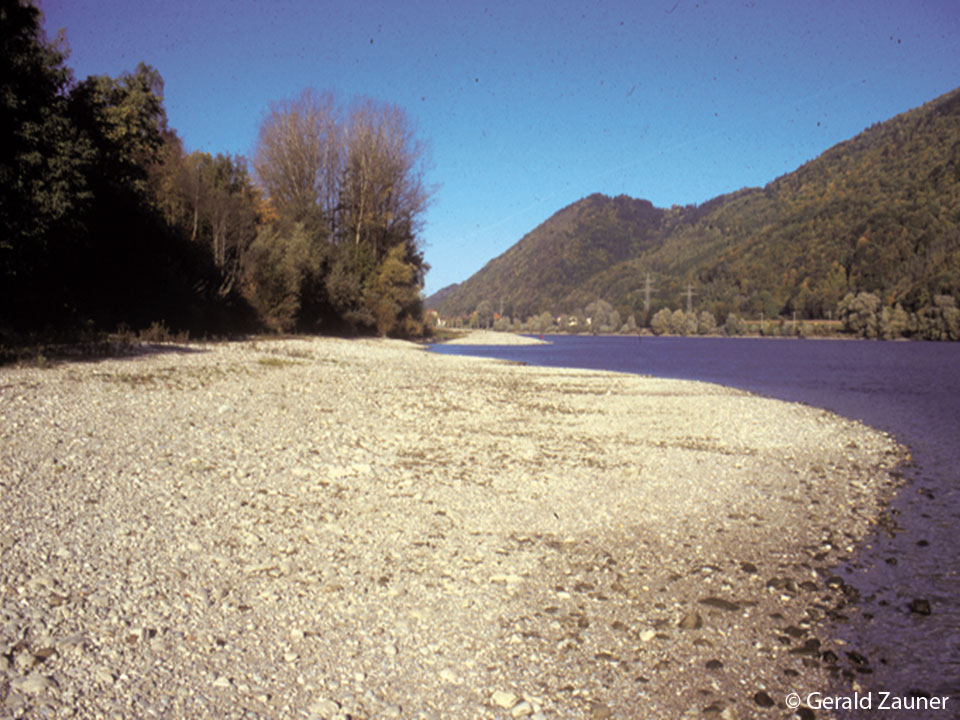
Fig. 2: Nature-like dynamic river section.
When weirs, e.g. for hydropower production, are built in rivers, an artificial impoundment above the weir is created. Hereby,
the length and depth of the impoundment depends on the height of the weir. The decrease of flow velocity in the river impounded section leads
to a decreased sediment transport capacity of the river, why huge amounts of sediment are accumulating upstream of the weir (Fig. 1).
The unnatural reduced flow velocities are not favorable for many rheophilous fish species typical for running waters. Especially typical riverine
fish species adapted to higher flow velocities and coarse substrate for spawning, like the nase Chondrostoma nasus (L.), are heavily impaired by
impoundments (Zitek, 2006).In addition, the accumulation of fine sediments behind the weir creates the need for a so called ‘sediment flushing’
(Fig. 2 and Fig. 3). During these events high amounts of fine sediments are flushed downstream with potential severe effects on the fish community
below the weir (Fig. 4 and Fig 5). The potential negative s ecological effects of impoundments according to the EU-WFD can be judged by abiotic milieu
factors (Ofenböck et al., 2011). Together with connectivity interruptions, impaired river morphology by channelization, water abstraction and hydropeaking,
impoundment represents one major hydromorphological pressure in Austrian rivers according to the EU-WFD assessment (BMLFUW, 2005).
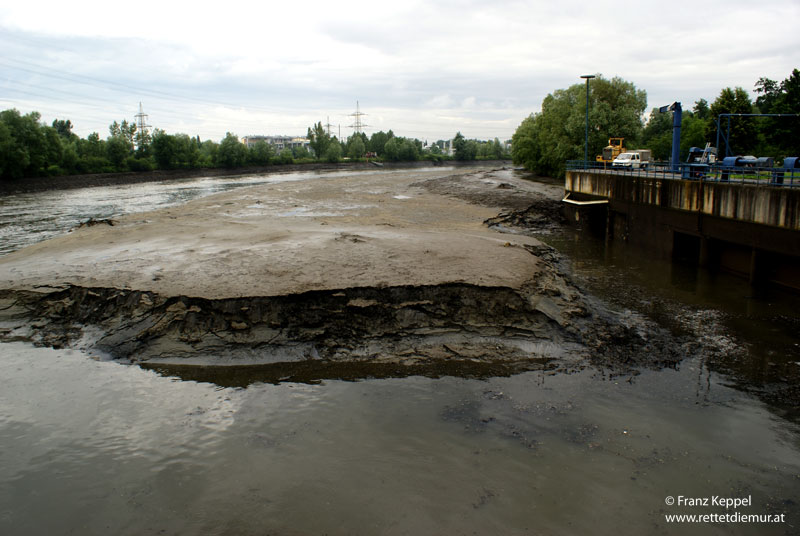 Fig. 1: Sediment accumulation above an artificial weir in a river.
Fig. 1: Sediment accumulation above an artificial weir in a river.
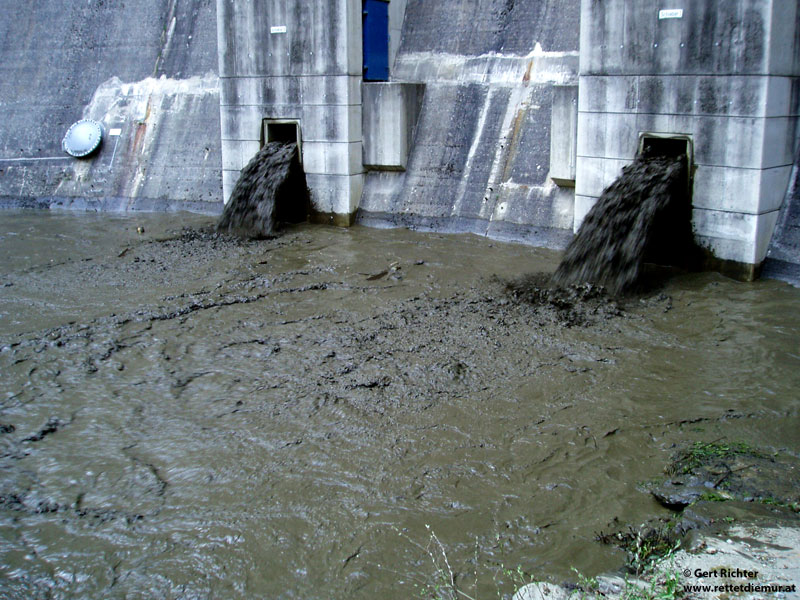 Fig. 2: Sediment flushing in a river.
Fig. 2: Sediment flushing in a river.
 Fig. 3: Sediment flushing in a river.
Fig. 3: Sediment flushing in a river.
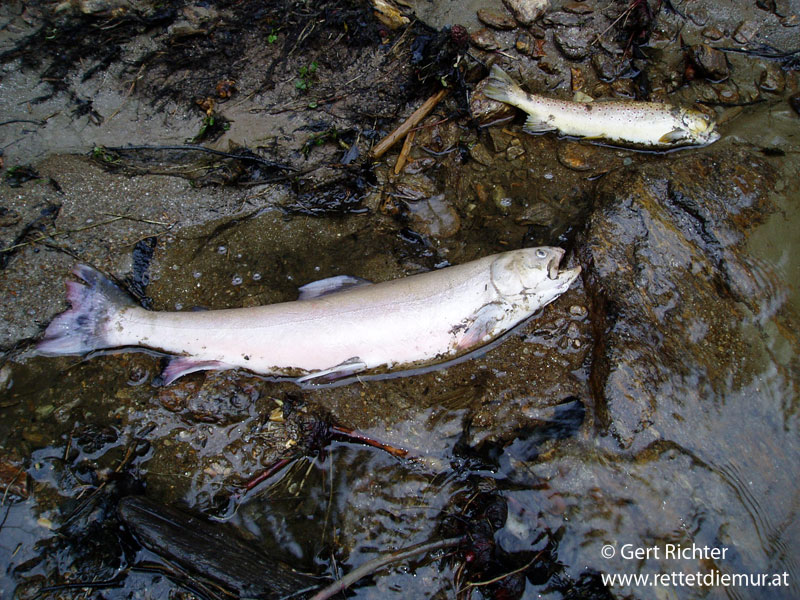 Fig. 4: Potential negative effects of sediment flushing on the fish fauna in a river.
Fig. 4: Potential negative effects of sediment flushing on the fish fauna in a river.
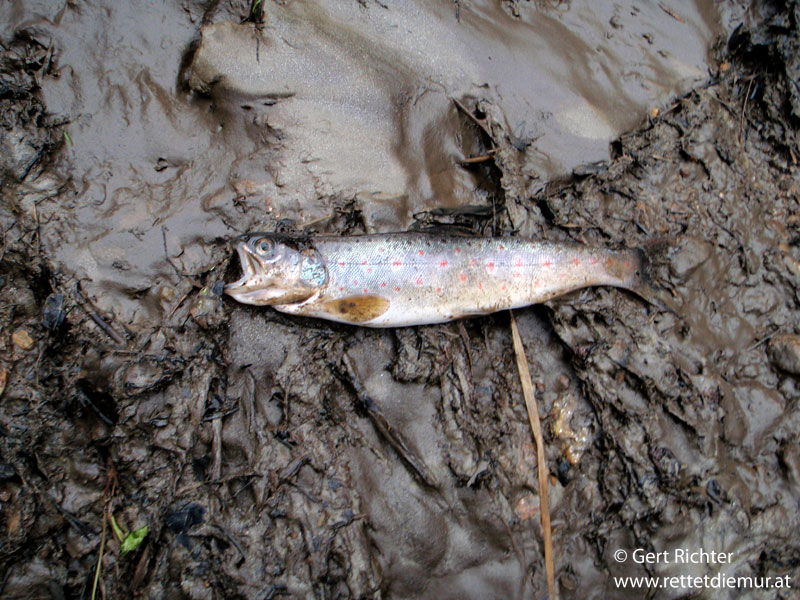 Fig. 5: Potential negative effects of sediment flushing on the fish fauna in a river.
Fig. 5: Potential negative effects of sediment flushing on the fish fauna in a river.
Water abstraction from rivers for e.g. hydropower production or irrigation leads to a reduced amount of water in the river section below the weir.
In some cases the total amount of water is being abstracted leaving the river completely dry. Due to the reduction in discharge, the reduced wetted
widths, flow velocities and depths in these river stretches they become unfavorable especially for adults of typical rheophilous species.
This may lead to significant losses in adult individuals and fish biomass. In addition, the reduced discharge dynamics may lead to reduced sediment
dynamics, an increased sedimentation of fine sediments and increased clogging. However, with regard to fulfill the requirements of the EU-WFD to maintain
or reach a good ecological status, a certain amount of water, the so called ‘ecological minimum flow’, has to be left in the river and certain discharge
dynamics have to be maintained to guarantee suitable substrate conditions for the river type specific biota. Definitions of minimum values for the major
hydraulic and hydrological parameters to achieve or maintain the good ecological status are given in the QZV OG BGBL II, 99/2010 (see also appendix G).
Together with connectivity interruptions, impaired river morphology by channelization, impoundment and hydropeaking, water abstraction represents one
major hydromorphological pressure in Austrian rivers according to the EU-WFD assessment (BMLFUW, 2005).
Known effects of water abstraction on fish are:
- Population decrease(Ovidio et al. 2004, Ovidio et al. 2008)
- Decrease of fish size and biomass(Kubecka et al. 1997, Ovidio et al. 2008)
- Reduction of number of larger fish, increase in smaller fish(Kubecka et al. 1997, Kerle et al. 2003, Ovidio et al. 2008)
- Change in species composition
- Reduced reproduction due to sediment clogging(Carling & McCahon 1987, Ortlepp & Murle 2003, Scruton et al. 1998)even freezing of spaningredds in winter (Scruton et al. 1998)
- Potential barrier to fish migration(Fischer & Kummer 2000, Schmalz & Schmalz 2007, Ovidio et al. 2004).
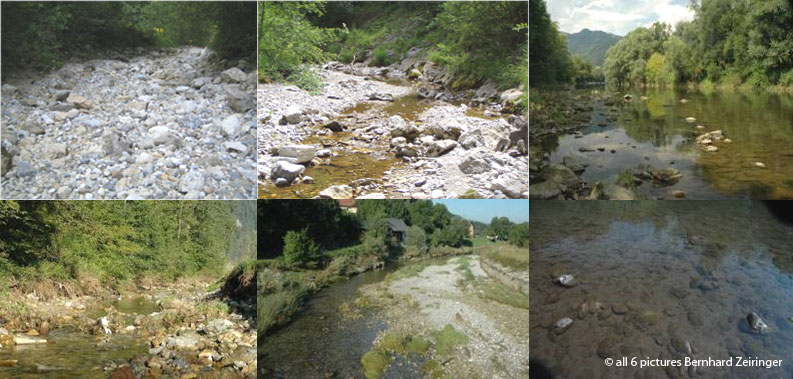
Fig. 1: Physical effects of water abstraction leading to a reduction in discharge and wetted width, a reduction in flow velocity, reduced depths, increased sedimentation of fine sediments and potentially increased water temperatures.
Hydropeaking is a specific hydrological alteration day)created by hydropower plants with reservoirs, which concentrate the electricity
production to times when the energy price is at the highest (usually during specific intervals during the day), and store water in those hours
where the price is low (usually at night). The result of this management is a hydrological regime downstream of the water releases characterized
by strong daily oscillations of discharge; the change between minimum and maximum discharge occurs extremely quickly, typically in 15’-30’.
The impact on the aquatic biota, unable to adapt to such quick and repeated variations, is usually dramatic.One major parameter often used to
characterize the potential negative impact of hydropeaking on river ecosystems is the relation between surge and peak flow (Zitek, 2006).
A recent global review of hydropeaking studies revealed a factor of about 1:4 above which severe consequences to the fish fauna can be expected (Bain, 2007).
However, in some situations, probably related to river morphology, even much higher surge flow/peak ratios were possible without significantly
impairing the fish fauna. Definitions of minimum and maximum values for the major hydraulic and hydrological parameters to achieve or maintain the good
ecological status are given in the QZV OG BGBL II, 99/2010.A maximum surge flow/peak ratio of 1:3 and a maximum reduction of the wetted river bottom
of 20 % from peak to surge flow are considered as a major parameters to maintain the good ecological status in hydropeaking situations.
Together with connectivity interruptions, impaired river morphology by channelization, impoundment and water abstraction,hydropeaking represents
one major hydromorphological pressure in Austrian rivers according to the EU-WFD assessment (BMLFUW, 2005).
Known effects on fish, reviewed also byBaumannand Klaus(2003)and LIMNEX (2004), are:
- Population decrease, decrease in density and biomass (Ovidio et al. 2004, Almodovar & Nicola 1999, Moog 1993)
- Change in species composition(Bain et al. 1988)
- Change in number of species and diversity
- Loss of juvenile stages and small sized, bottom and shoreline oriented species (Almodovar & Nicola 1999, Bain et al. 1988)
- Stranding(Saltveit et al. 2001, Halleraker et al. 2003, Harby et al. 2001, Bradford 1997, Bradford et al. 1995, Flodmark 2004)
- Trapping of fish in deconnected habitats(Bradford 1997)
- Change of behaviour and habitat use
- Impairment of migration(Ovidio et al. 2004)
- Downstream loss of fish by drift
- Dewatering of spawning places(Ovidio et al. 2004)
- Negative impacts on health, feeding and growth (Flodmark et al. 2004)
Additional descriptions of the ecological effects of hydropeaking can be found Bain(2007), und Cushman(1985).
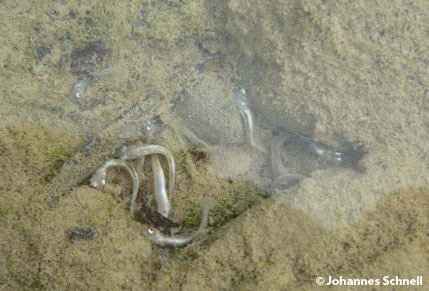
Fig. 1: Grayling
Thymallus thymallus (L.) larvae killed by a hydropeaking event (LFV Bayern, 2007).
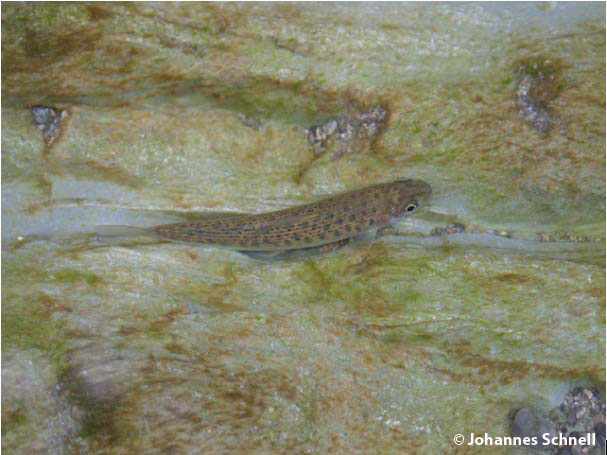
Fig. 2: Stranding of a juvenile grayling
Thymallus thymallus (L.) caused by a hydropeaking event (Schnell, 2004).
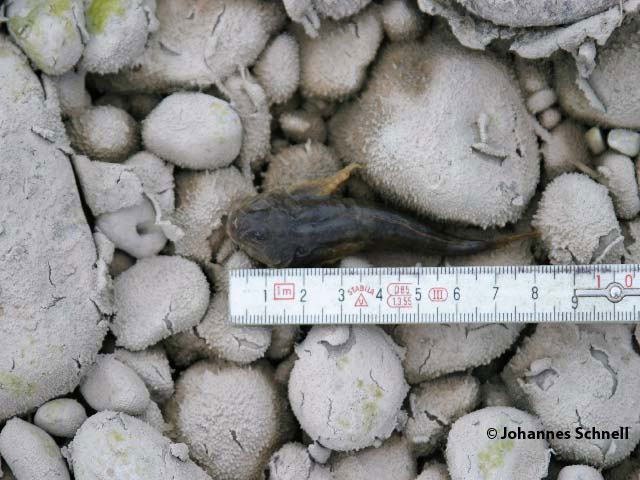
Fig. 3: Stranded bullhead
Cottus gobio L. caused by a hydropeaking event (Schnell, 2004).
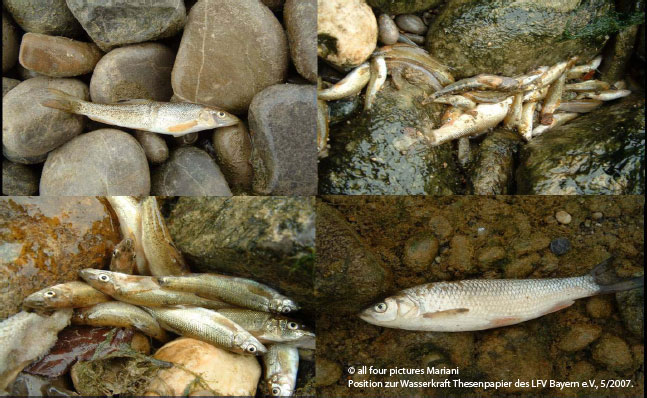
Fig. 4: Stranding of different fish species (barbel
Barbus barbus (L.), chub
Leuciscus cephalus (L.), anbullhead
Cottus gobio L.) caused by a hydropeaking event (LFV Bayern, 2007).
Due to the erection of artificial weirs by humans, rivers have become severely fragmented in the past. This had significant negative consequences
on the fish fauna, because more or less all fish species depend on different migrations throughout their life time to enhance survival and sustainable
population maintenance. These migrations of different species take place on different spatial scales (Fig. 1) and can be seen as adaptation to the
dynamic riverine environment with its four dimensions in time and space (longitudinal, lateral, vertical, temporal). For example, the Beluga sturgeon,
Husohuso(L.), once migrated upstream from the Black sea for more than 2000 km to spawn, and is now blocked at the Iron Gates after about 860 km migration
with now possibility to move further upstream.Due to the loss of connectivity in river systems, in Austria practically all long- and medium distance
migratory species and about 50 % of the short distant migrants can be seen as significantly impaired with already several species being completely
extinct from Austria or from specific river sections (Zitek et al., 2007).
But not only big dams severely impair fish migrations in rivers. Also small obstacles of > 10-30 cm height (Fig. 4) can significantly block migrations
of different species.
Out of 200 European fish species, 67 have been considered as endangered by human activities. For about 48 of these the major human pressures were
identified, and about half of these species are considered to be impaired by connectivity interruptions (Northcote, 1998). Especially rheophilous
species like naseChondrostomanasus (L.) are known for their sensitive reaction to the loss of connectivity (Penczak et al., 1998), especially related
to the loss of spawning habitat (Fig. 5).
Major reasons for the negative effects of connectivity interruptions on fish are:
- Prevention of spawning migrations
- Prevention of movements for re-settlement
- Prevention of migrations to avoid catastrophic events
- Prevention of compensation after catatrophic drift
- Prevention of feeding migrations
- Prevention of migrations to winter habitats
Documented effects of connectivity interruptions on fish are:
- increased vulnerability of populations against stochastic events (disasters) and loss of genetic diversity (Meldgaard et al., 2003; Novinger & Rahel, 2003;
Habicht et al., 2004; Knaepkens et al., 2004b; Laroche & Durand, 2004)
- reduction of population sizes and species loss (Backiel, 1985; Utzinger et al., 1998; Porto et al., 1999; Rieman & Dunham, 2000; Joy & Death, 2001;
Neraas & Spruell, 2001; Gehrke et al., 2002; Morita & Yamamoto, 2002; Cumming, 2004)
When the obstacle cannot be removed, as shown in Fig. 6 and Fig. 7, fish passes have to be built to enable fish to bypass the weir and conduct
their upstream migrations (Fig. 8). Increasingly also the need for facilities enabling an injury-free downstream migration of fish, especially at
hydropower dams, has been recognized, although know-how on building suitable facilities for different typical river fish species is still widely lacking.
Together with impaired river morphology by channelization, impoundment, water abstraction and hydropeaking, connectivity interruptions representthe
major hydromorphological pressure in Austrian rivers according to the EU-WFD assessment (BMLFUW, 2005).
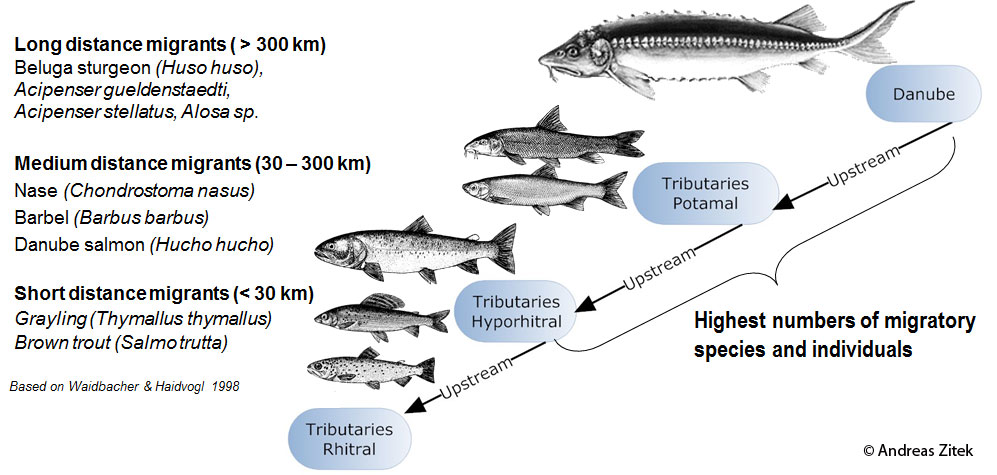
Fig. 1: Typical representatives of migratory guilds classified according to their migration distances along the river continuum.
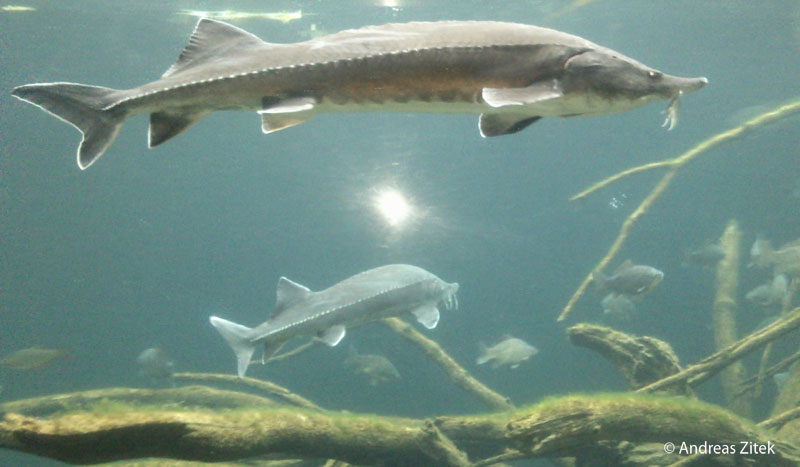
Fig. 2: The Beluga sturgeon,
Huso huso (L.), once migrating up to Austria from the Black sea for more than 2000 km for spawning.
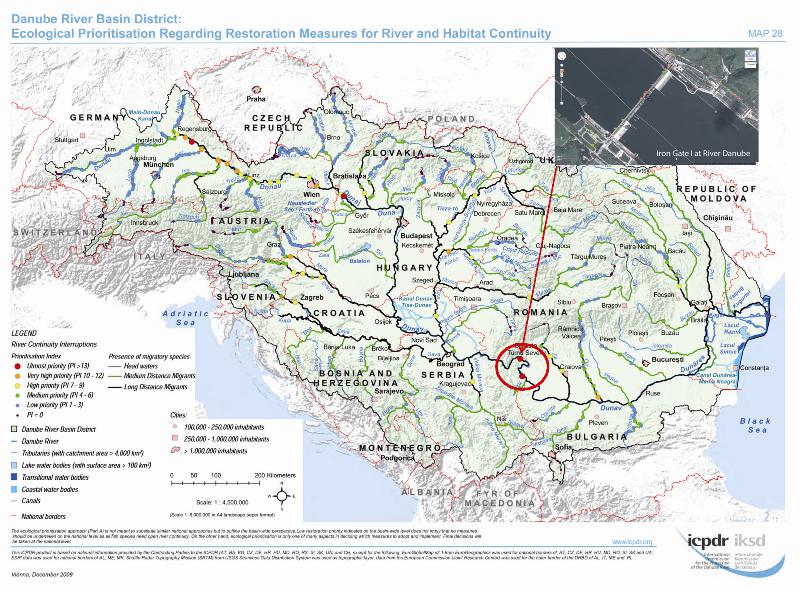
Fig. 3: Position of the Iron gates I and II at the lower Danube about 860 km away from the Black Sea.
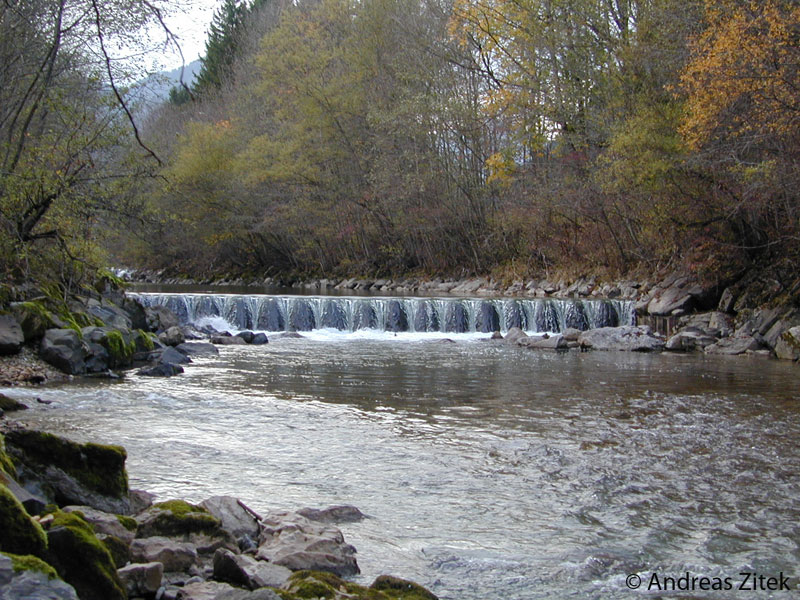
Fig. 4: Even small obstacles can completely block fish migration.
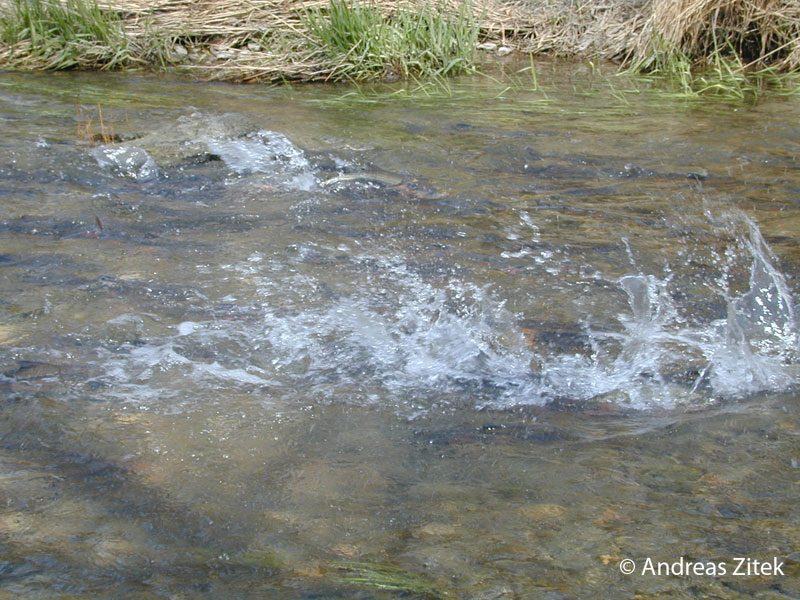
Fig. 5: Nase conducts spawning migrations of 30-300 km distance to spawn in large groups in shallow riffles.
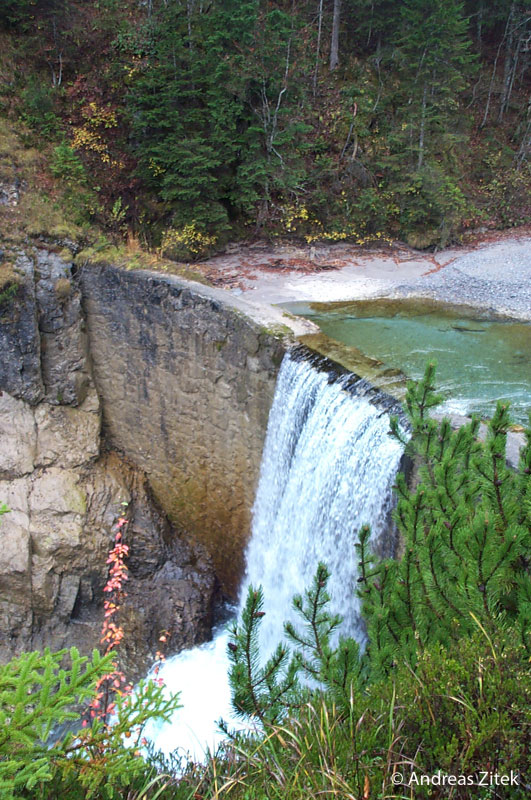
Fig. 6: Artificial barrier in a river built to hold back sediments blocking upstream fish migration.
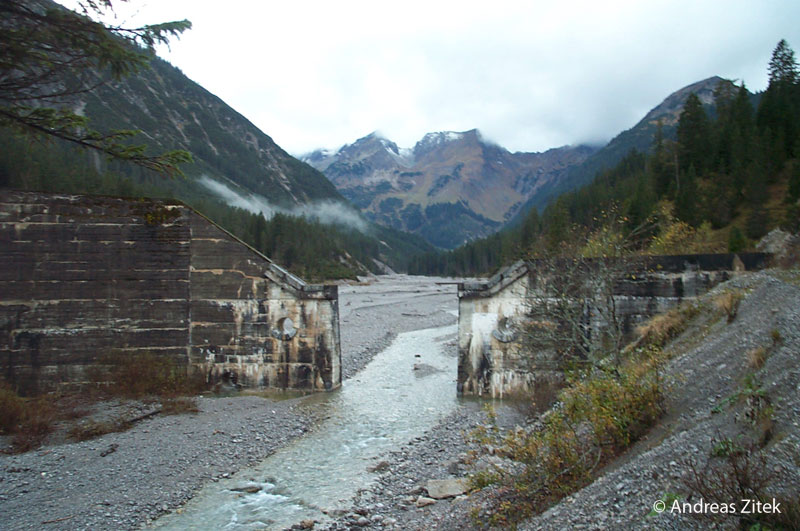
Fig. 7: Removal of sediment barrier re-establishes fish migration and sediment transfer.
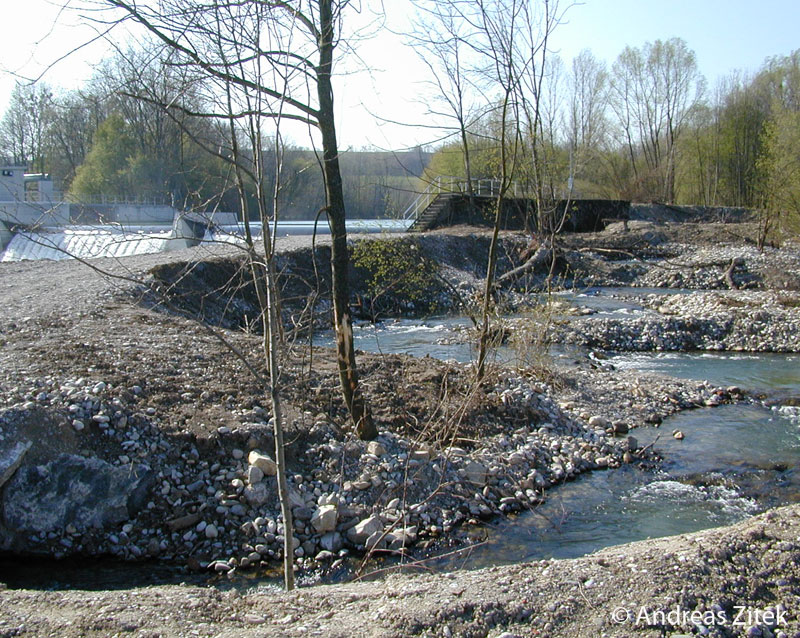
Fig. 8: Nature-like fish pass around a hydropower dam enabling the fish to bypass the weir.


























































































 Fig. 1: Natural river with unimpaired transport of sediment and woody debris.
Fig. 1: Natural river with unimpaired transport of sediment and woody debris.
 Fig. 2: Nature-like dynamic river section.
Fig. 2: Nature-like dynamic river section.

